
It still amazes us that we, as people of our planet, know more about outer space than our own oceans!
But as geography enthusiasts, we get equally excited about the world connecting our continents as we do the continents themselves. So we decided to celebrate the Big Blue in this last installment of our Geotoys DIY GeoCamp.
We invite you to dive in with us! Here's what you'll need:
Supplies
- Library Card
- Laptop, Tablet or Smart TV (for caregiver supervised activity)
- Index cards
- Pens, pencils, crayons and markers (whatever your camper prefers for drawing and writing)
- Map of the world suitable for cutting (this can be a computer print-out on paper or heavier paper stock)
- Empty bottle with tight-fitting cap
- Small object that can float (must be able to fit in the bottle opening)
- World GeoPuzzle or other labeled World Map
Activity 1: Continental Drift
Wait - What is Continental Drift?
Continental Drift is a scientific theory that much of the land we think of as separate continents was at one time connected.
What do you think of this theory?
- Print out a map of the world, cut out the continents and see if there are ways they could fit together like a puzzle.
- Head to your library and ask your librarian if they have any books or resources to learn more about Continental Drift
- Explore online resources like kids.britannica.com and education.nationalgeographic.org to learn what evidence scientists have found to support the theory of Continental Drift.
Activity 2: Virtual Deep Sea Tour
Between our continents lies an unexplored world!
Because of its great depth, it is very difficult to explore the ocean. About 95% of the Earth’s oceans remains unexplored.
Plunge beneath the surface!
Using a Smart TV, tablet or computer, search for and take a virtual tour of the Deep Sea. Some tours may be actual footage, and others may be computer-created models based on research.
It’s important that a caretaker help with this web search to insure content safety. Also consider the source - sites we’ve recommended for content in the past should contain reliable information.
Activity 3: Deep Sea Creature Trading Cards
They may not look like you expected!
Do you remember seeing any animals on your Deep Ocean tour? Life that can survive deeper in the ocean has to adapt to the pressure from the weight of the water above it, as well as the lack of sunlight. These adaptations can result in some strange-looking creatures (at least to us!).
Make your own Trading Cards
- Head back to the library, find a book on the topic or grab your laptop and research different deep-sea creatures and create trading cards. Draw a picture of the creature on the front of an index card, and list their “stats” on the back.
- To add a little more excitement, rank your creature’s abilities like you would a character in a game like Pokemon. If you make enough cards you may be able to start your own animal “battle!”
Activity 4: The Tide is High
Wait - what is a Tide?
When you visit an ocean, you may notice that the water moves closer or further away from you. Put down your chair and sit for a couple of hours, and the water may move a few feet further away from you, or at one point rush right under your seat! What you’ve observed is the ocean’s tide.
The tides go up and down because of the Moon's gravity pulling on the Earth's water. When the Moon is close, it pulls the water towards it, making high tides. When the Moon is farther away, the water goes back, making low tides.
Experience the Ocean Tide at Home
- Grab your empty bottle and fill it a little more than half-way with water.
- Drop a floating object, such as a cork or a tiny craft pom-pom into the bottle, and tighten the cap on top
- Hold the bottle on its side.
- Use your hand to mimic the pull of the Moon's gravity and observe how the water moves.
Believe it or not, the forces you see at play in this experiment are quite similar to how our oceans respond to the moon’s pull!
Activity 5: Sea or Ocean?
What is the difference?
Oceans are vast, deep bodies of saltwater that cover large areas of the Earth's surface and separate continents. Seas are smaller than oceans and are usually found where the land and ocean meet, often partly enclosed by land. Think of oceans as the biggest water bodies, while seas are smaller parts of those big oceans, closer to the shorelines.
See what you can Sea
Grab a world map (we recommend GeoPuzzle World, of course) and see how many Oceans and Seas you can find. Here’s a list to get you started:
- Pacific Ocean
- Atlantic Ocean
- Indian Ocean
- Southern (or Antarctic) Ocean
- Arctic Ocean
- Mediterranean Sea
- Caribbean Sea
- South China Sea
- Bering Sea
- Red Sea
- Arabian Sea
- Beaufort Sea
- Chukchi Sea
- Labrador Sea
- Norwegian Sea


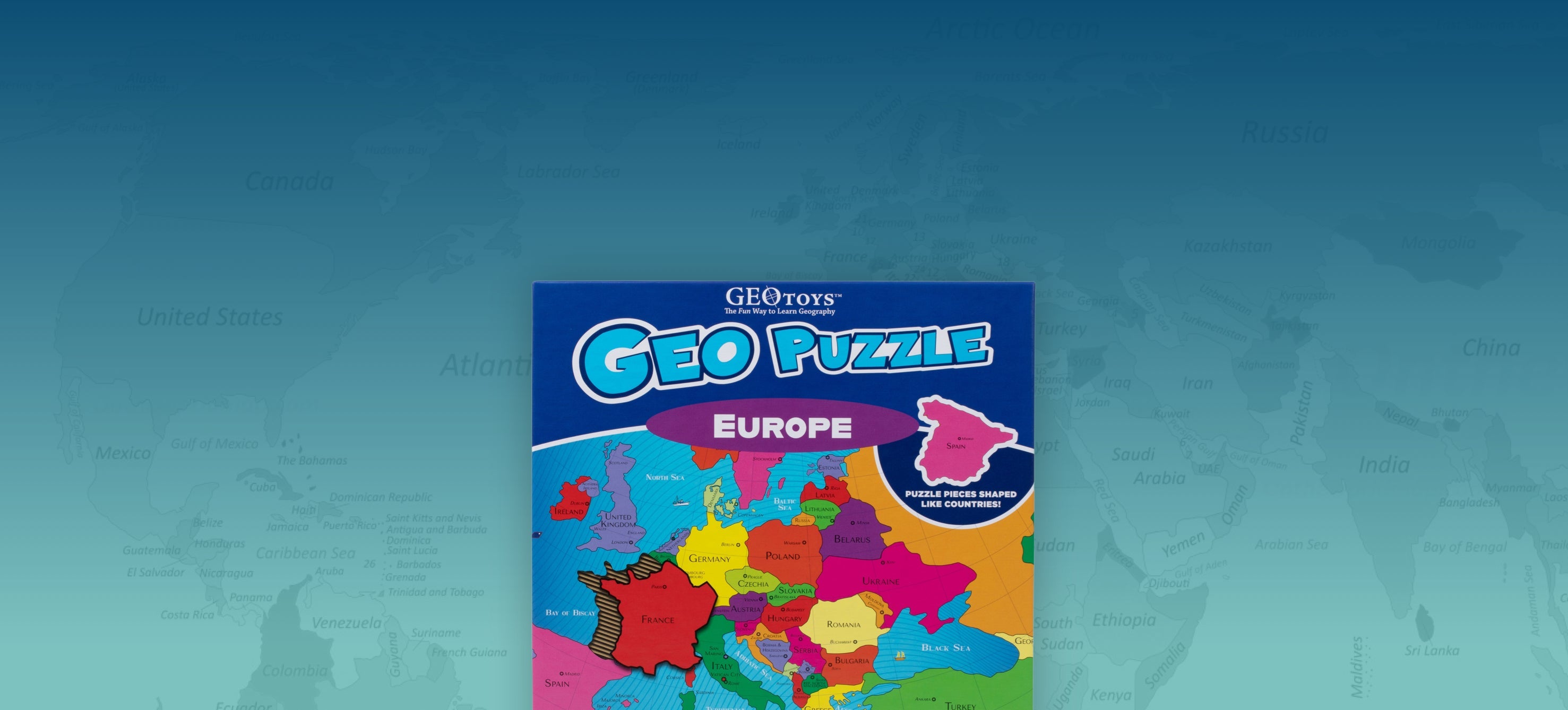
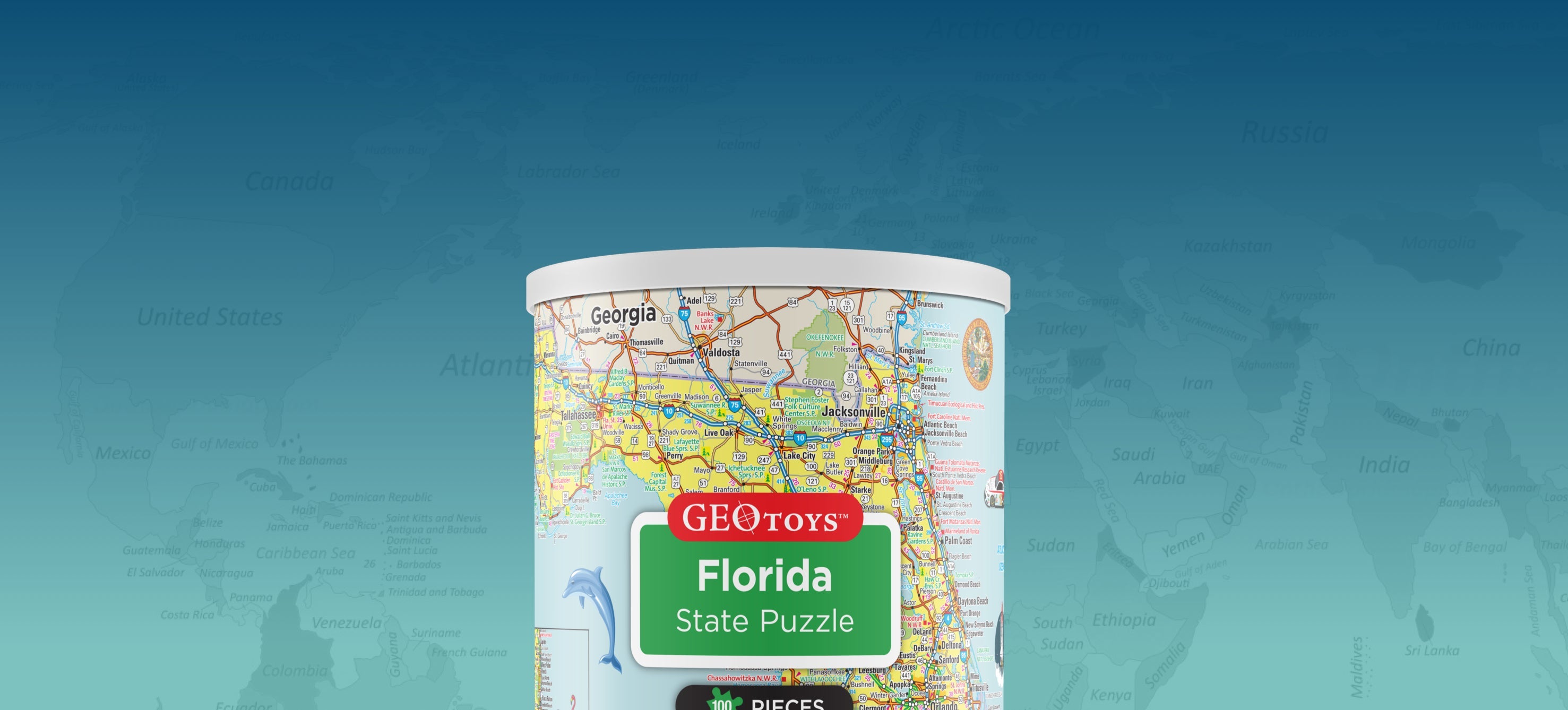
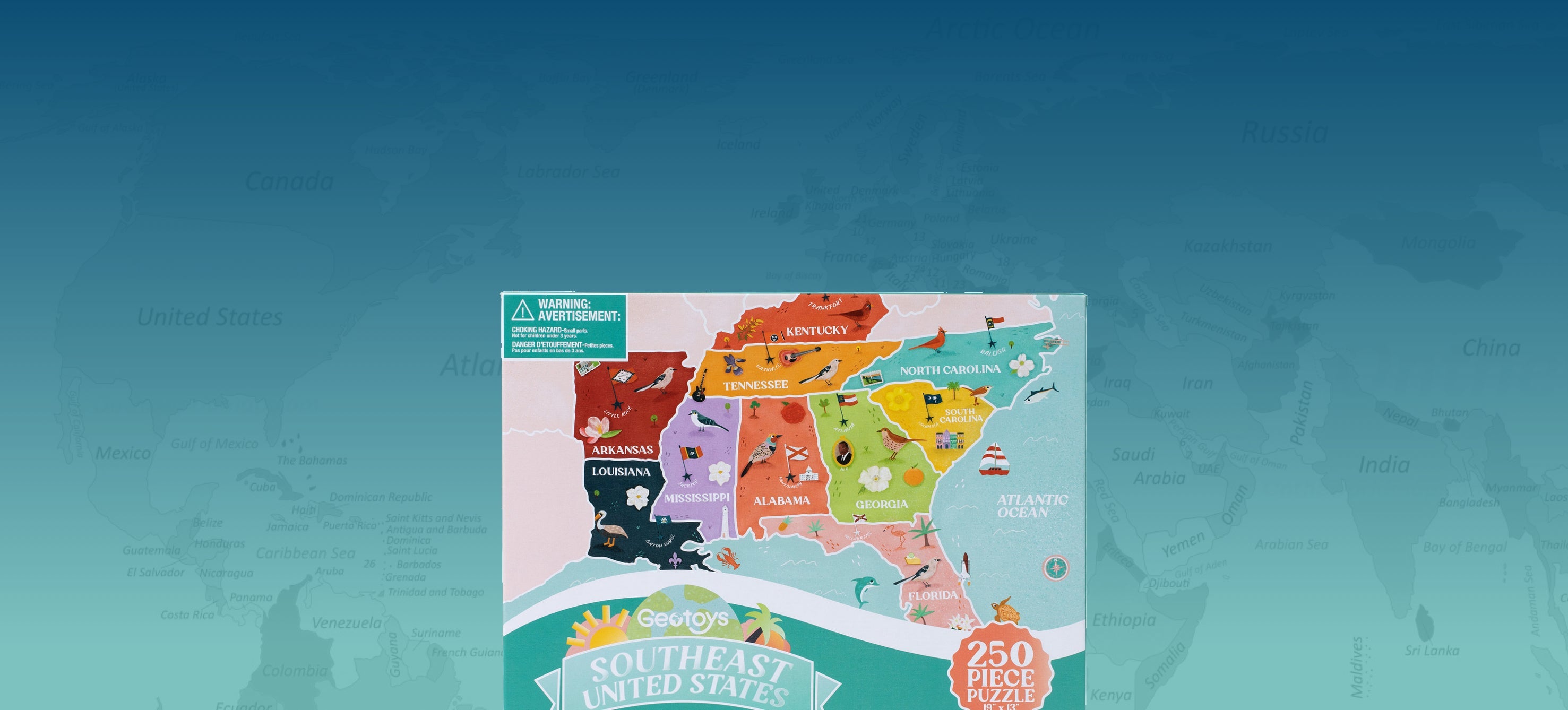
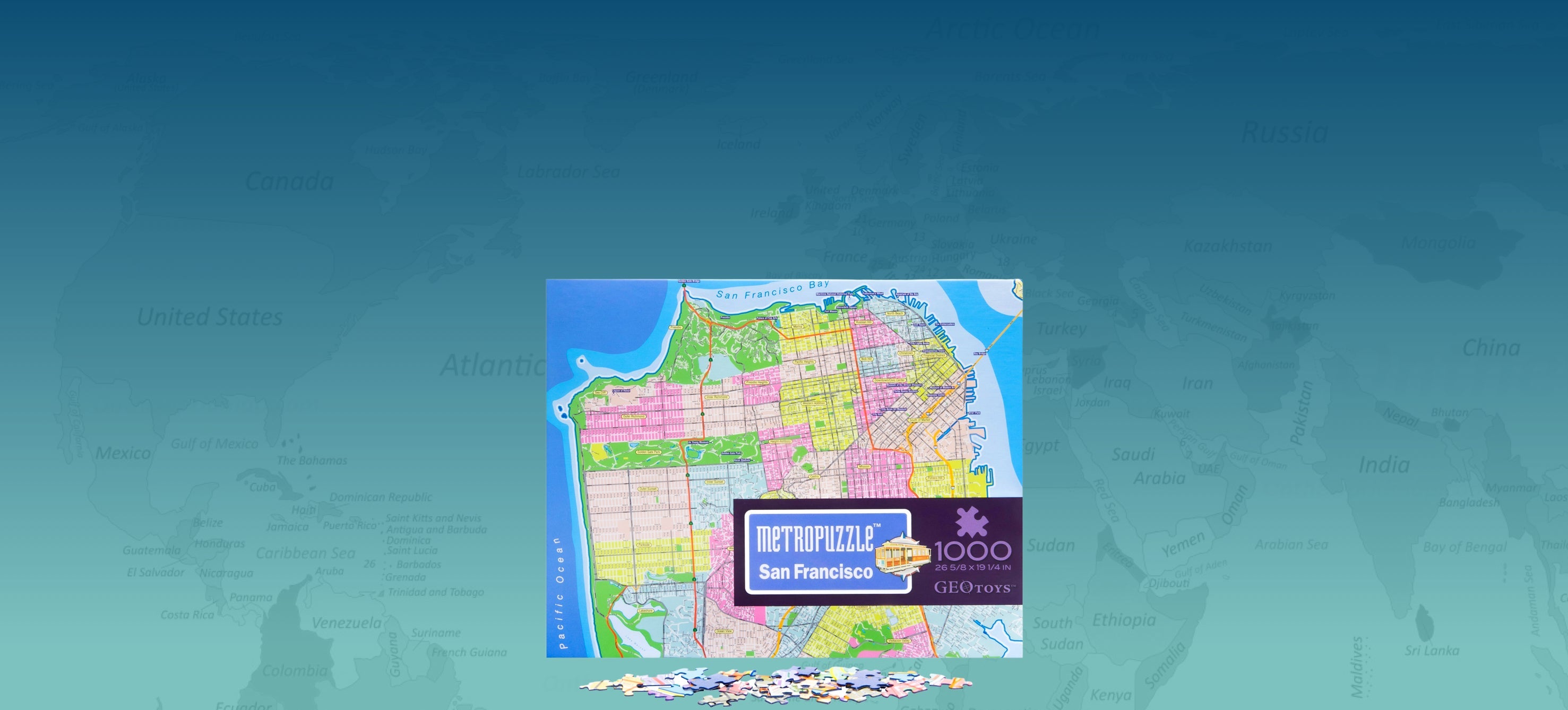
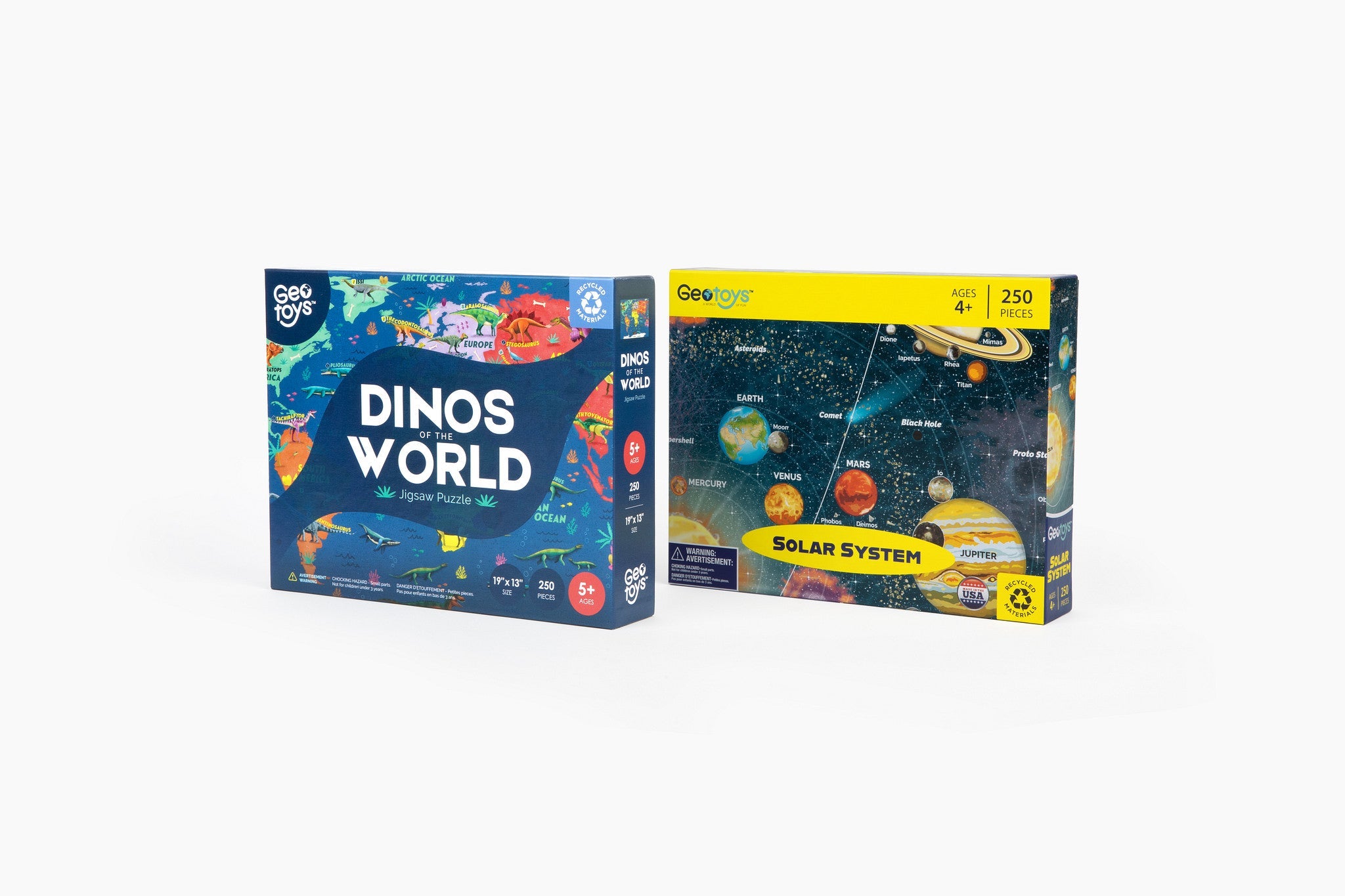

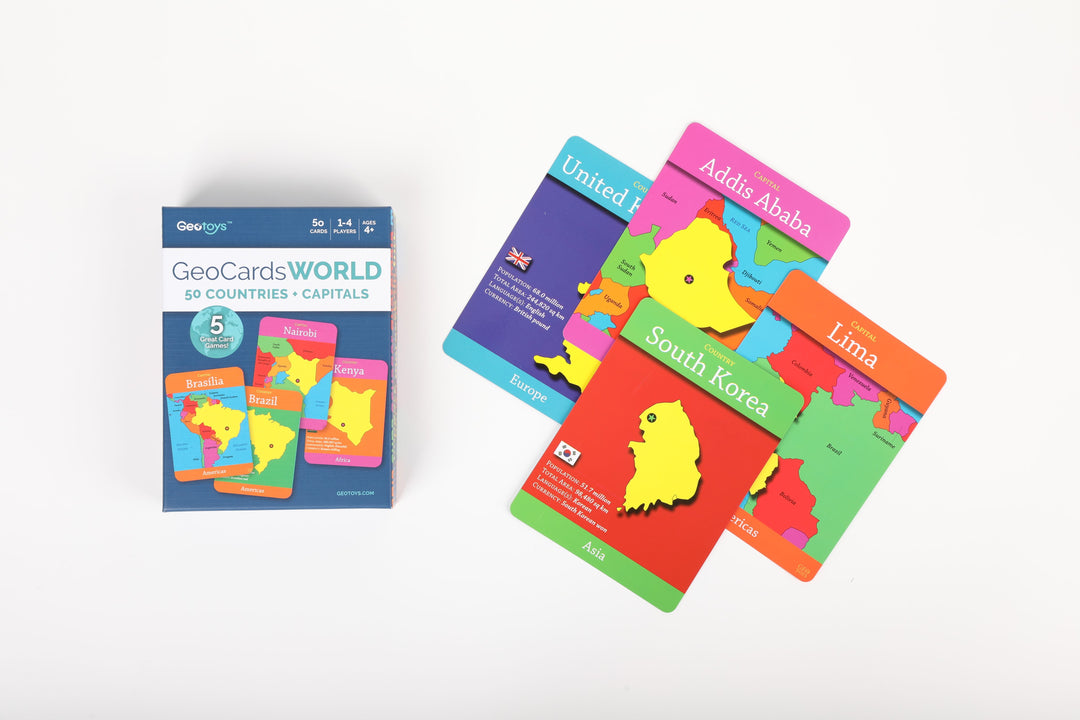
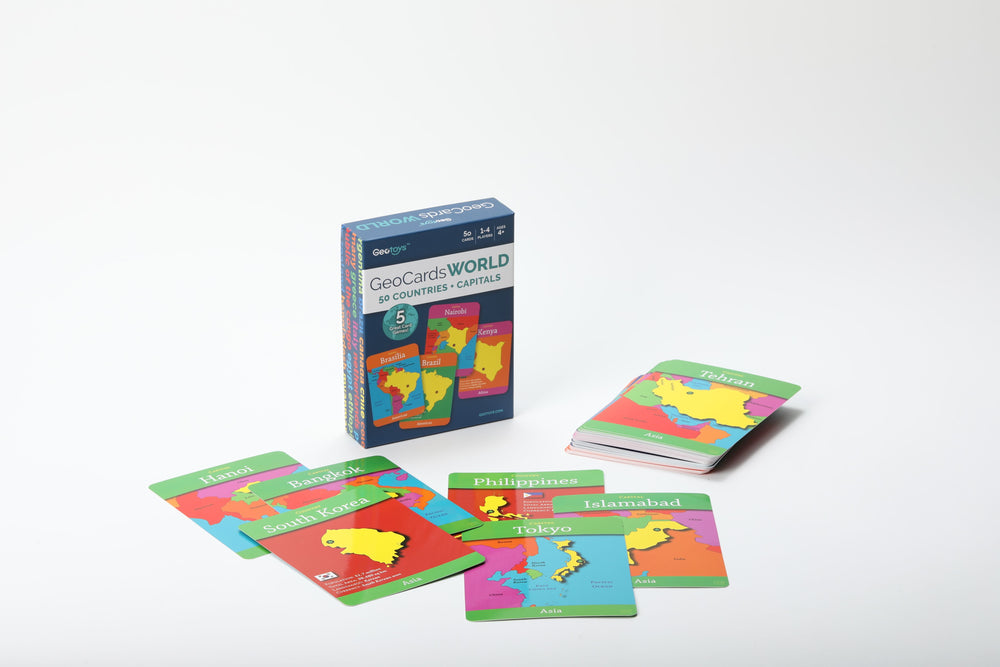

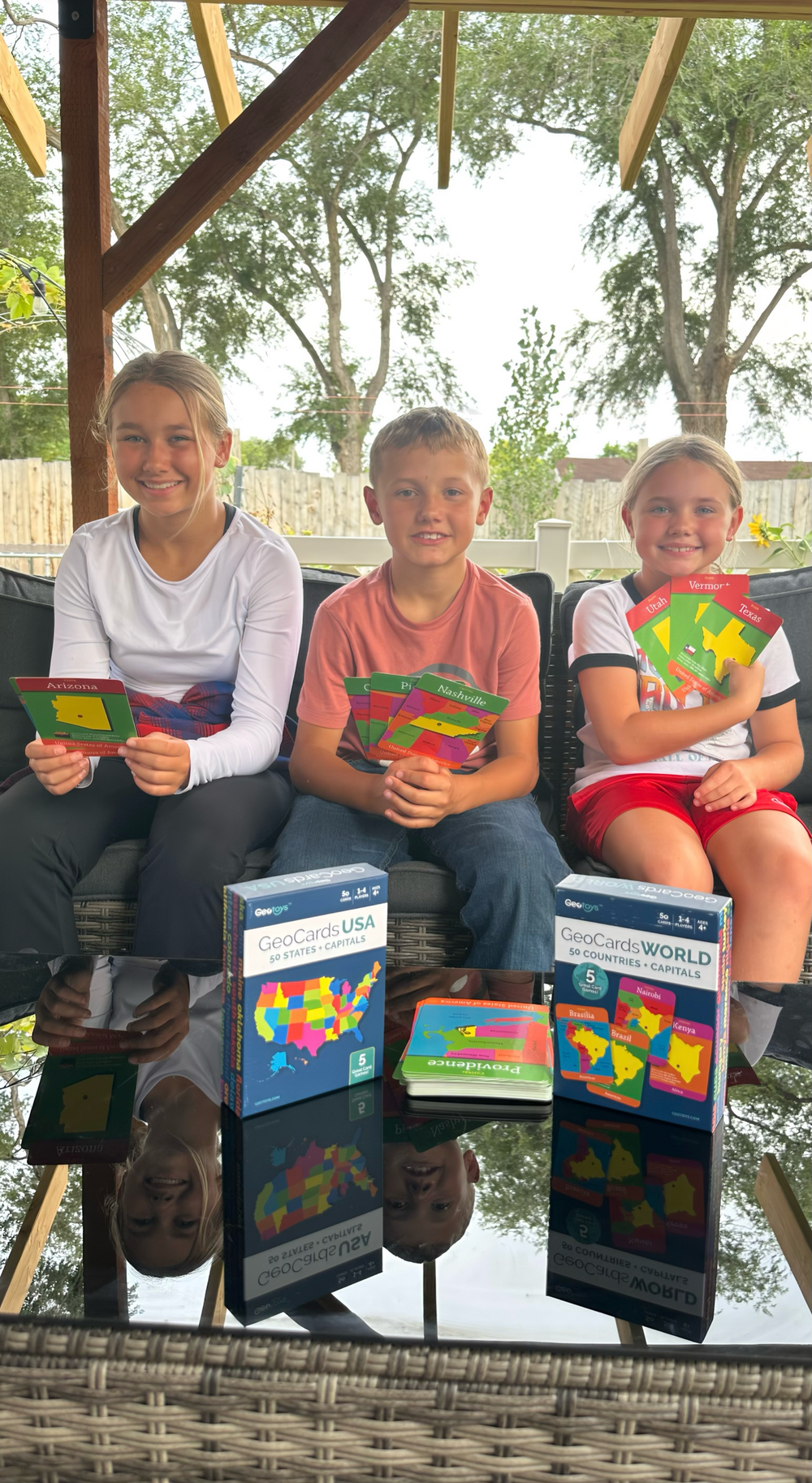
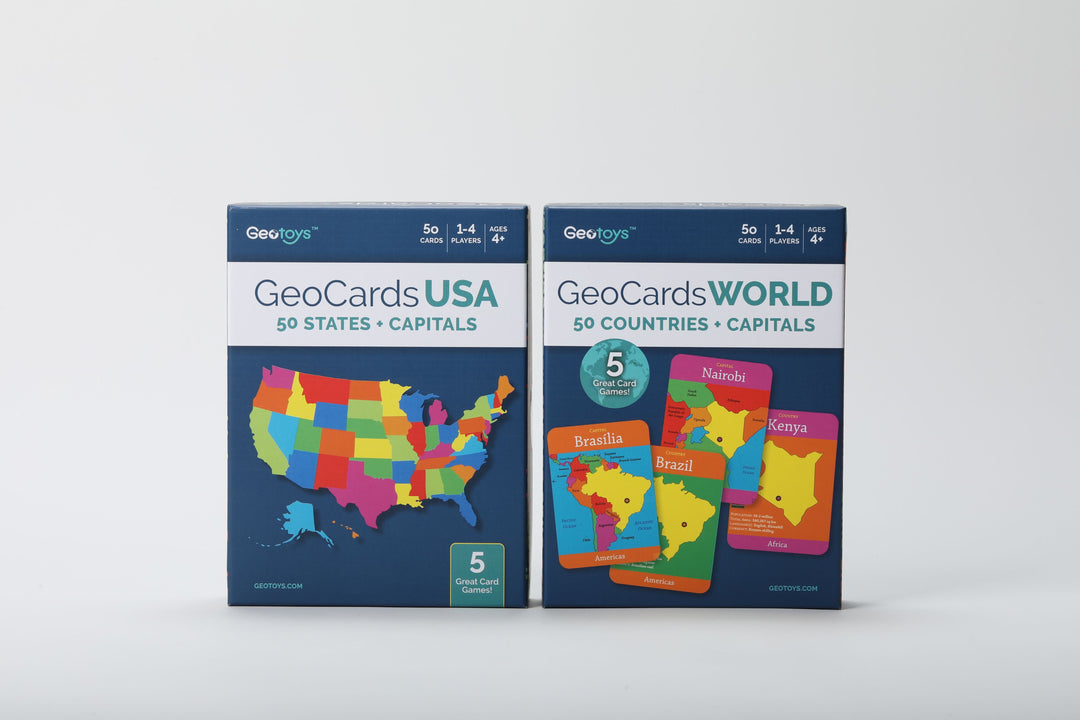
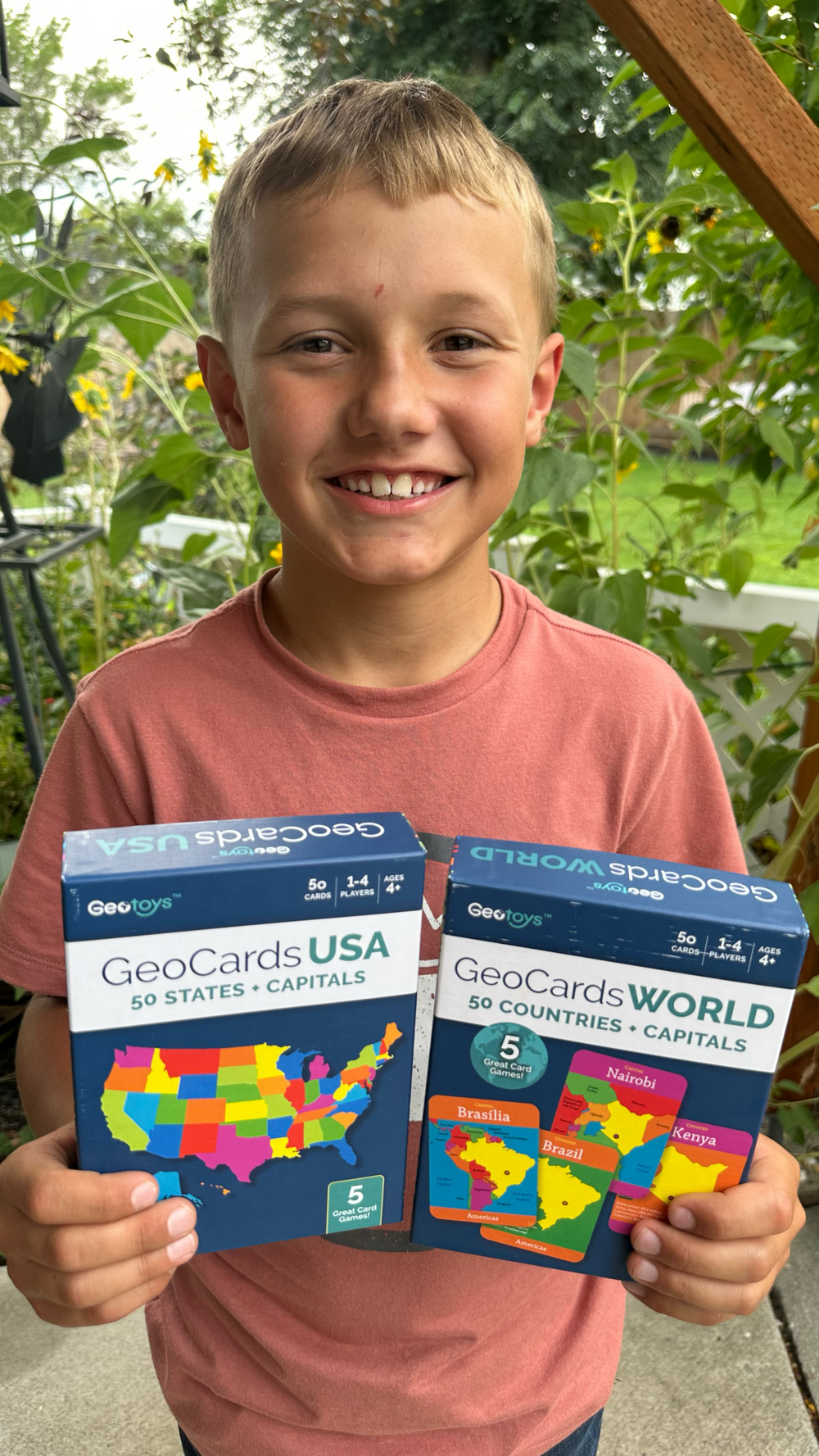
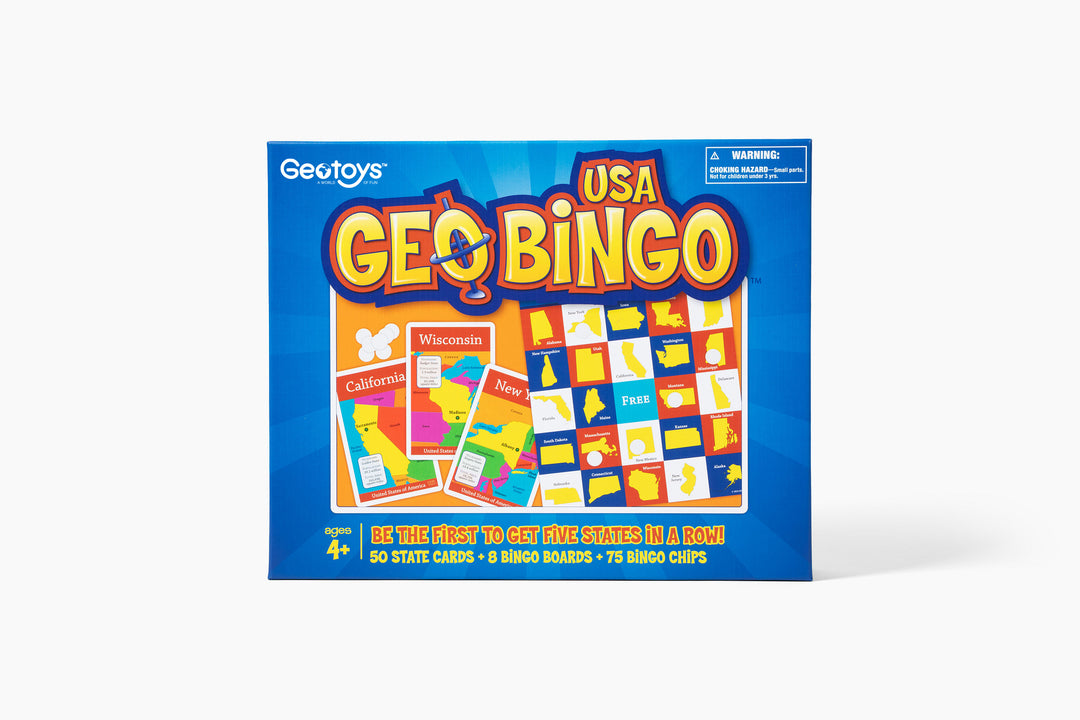
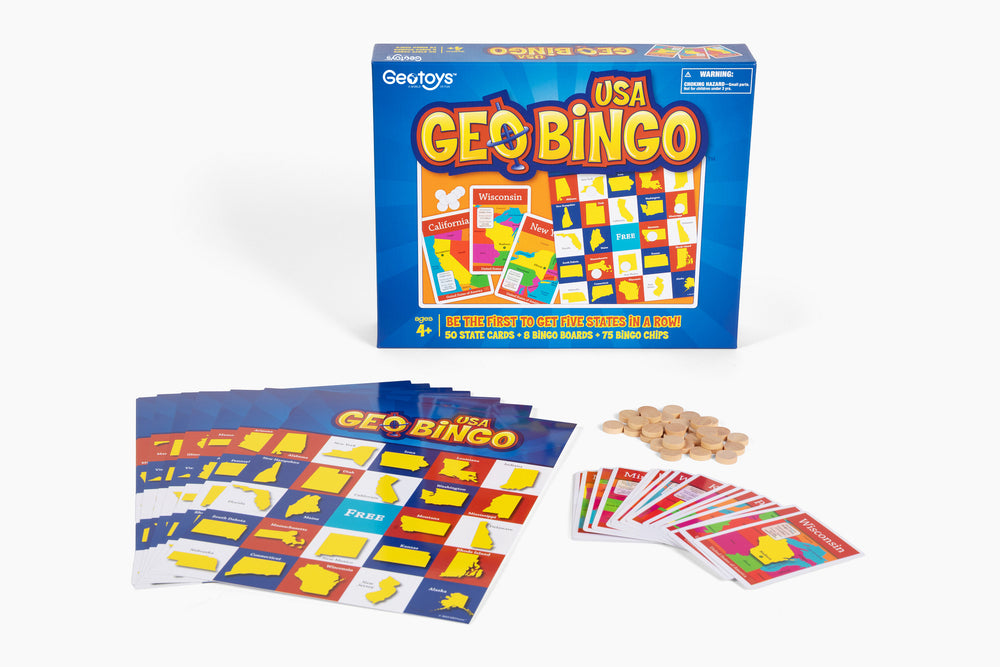
Leave a comment